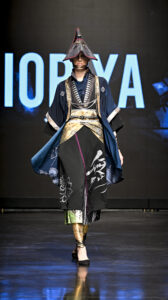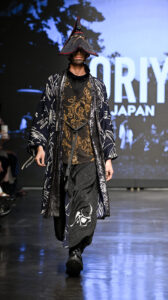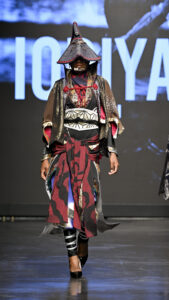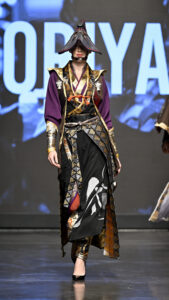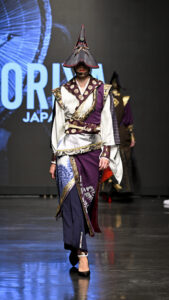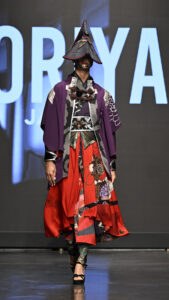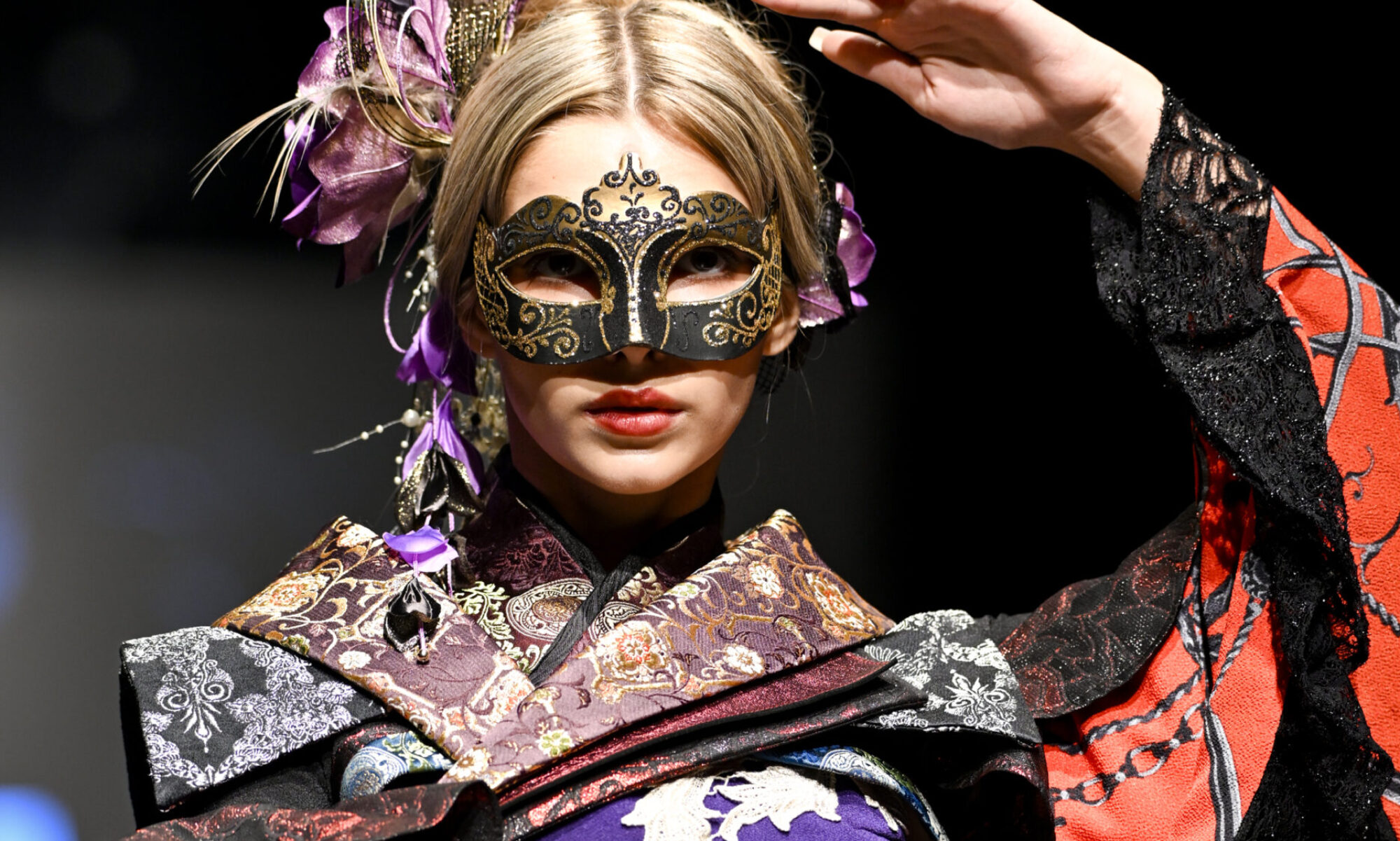The theme of the Paris collection was ”Nostalgia.” We incorporated design from various countries and created a worldview using Japanese textiles.We aim to promote cross-cultural exchange through costumes.
For special features and backstage information for each genre, please see the links for each genre.
Japanese and Western Gothic
A costume design that combines elements of both “和風” (Japanese style) and “洋風” (Western style) can be described as a “Japanese-Western fusion costume design.” This approach merges the aesthetics, motifs, and functional aspects of both Japanese and Western cultures to create a unique and visually captivating ensemble.
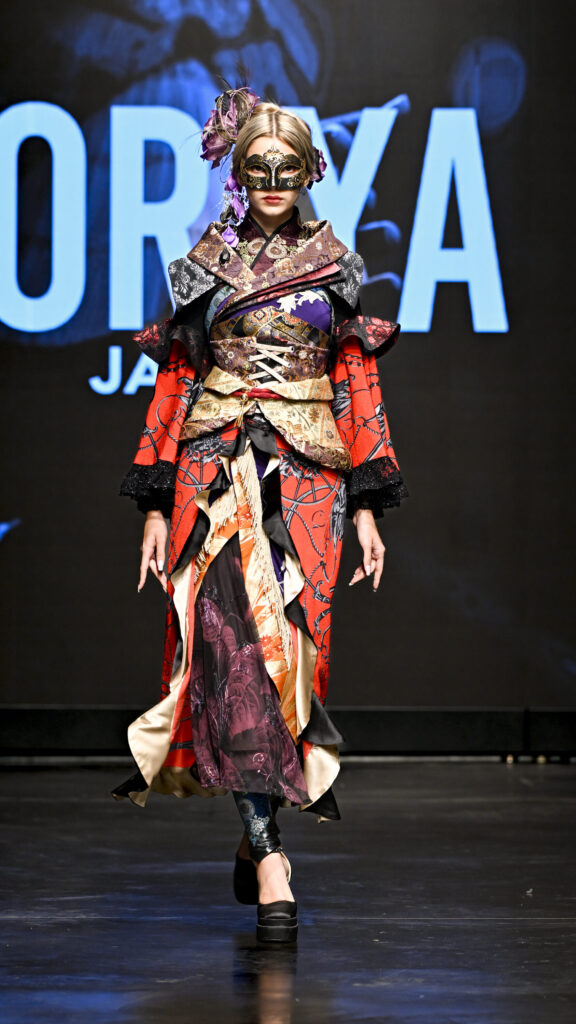
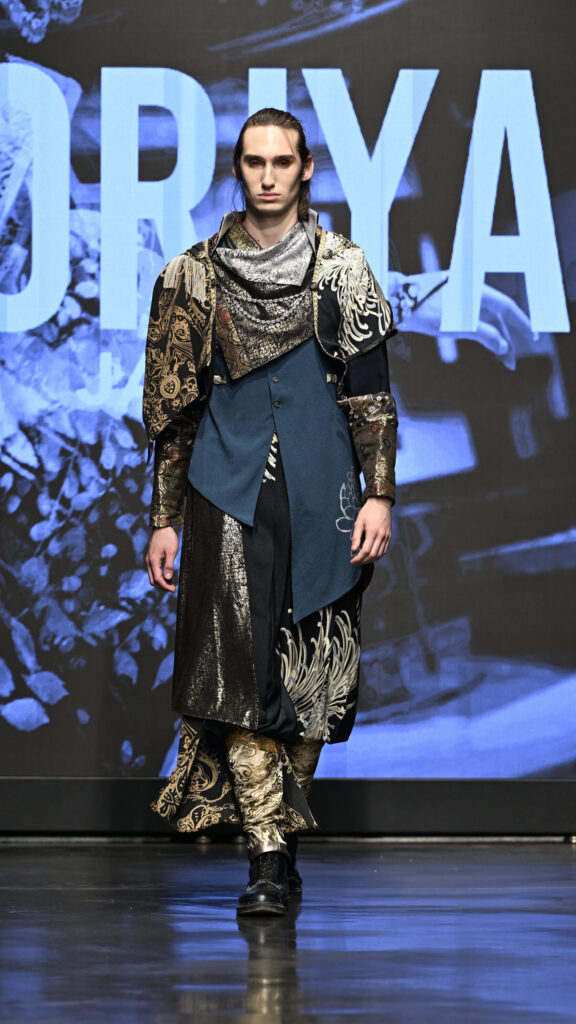
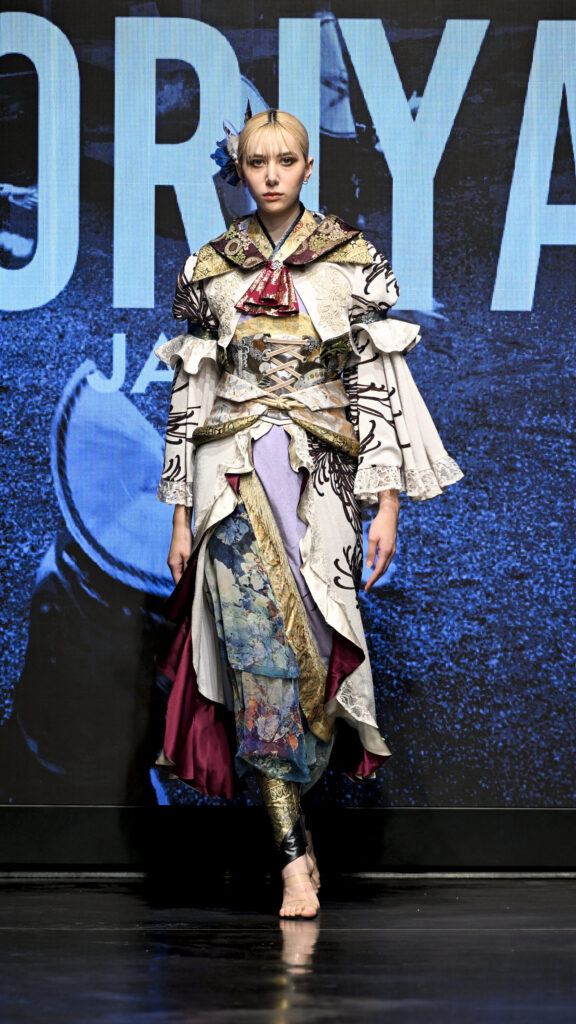
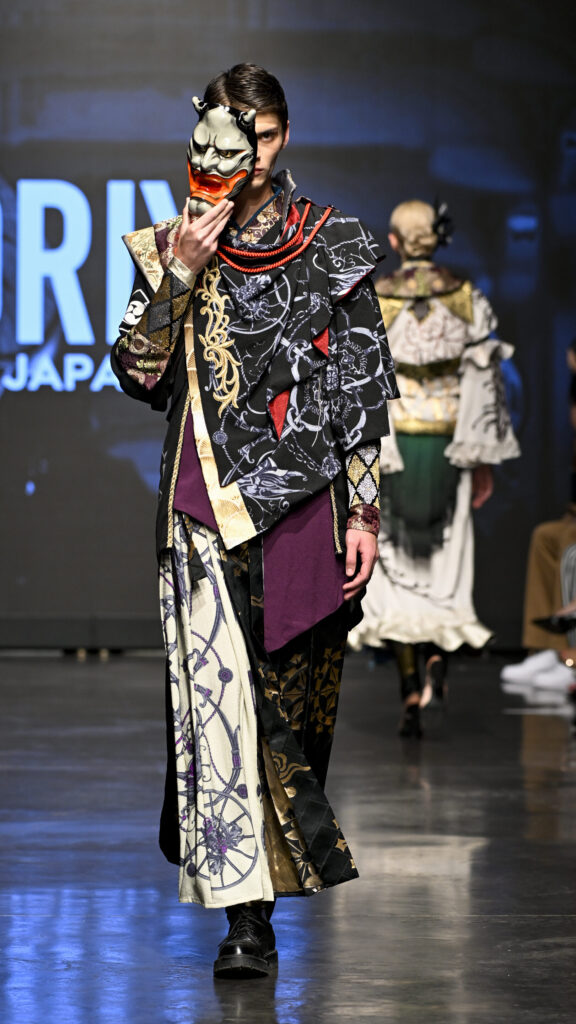

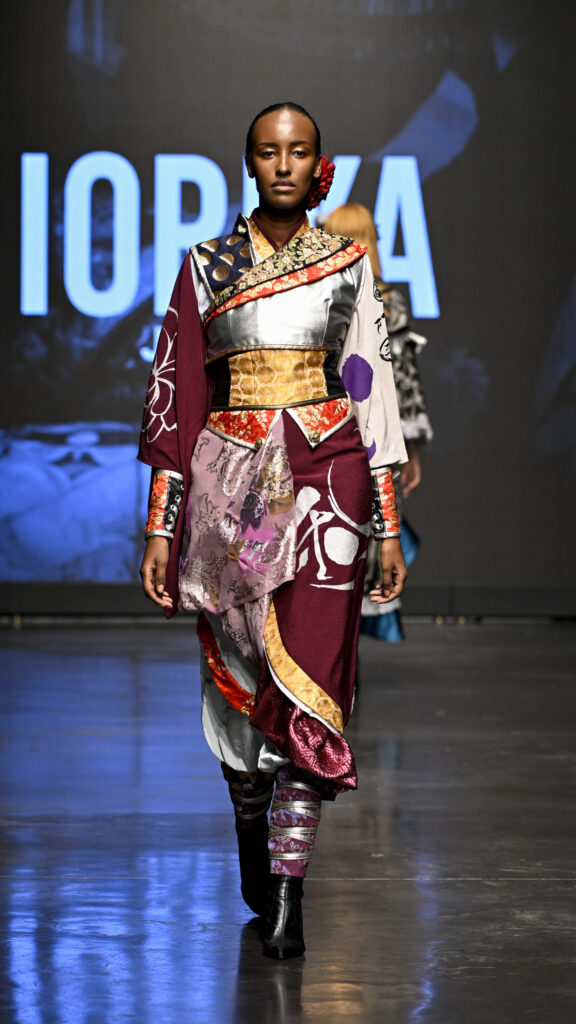
Japanese Style Dress
Kimono-inspired Silhouette: The dress often adopts the graceful and flowing silhouette of a kimono, with wide sleeves and a cinched waist, providing a timeless and flattering look.
Japanese Textiles: Traditional Japanese textiles like silk, satin, or even contemporary fabrics with Japanese patterns (e.g., cherry blossoms, waves, or fans) are used to create a sense of authenticity and cultural richness.
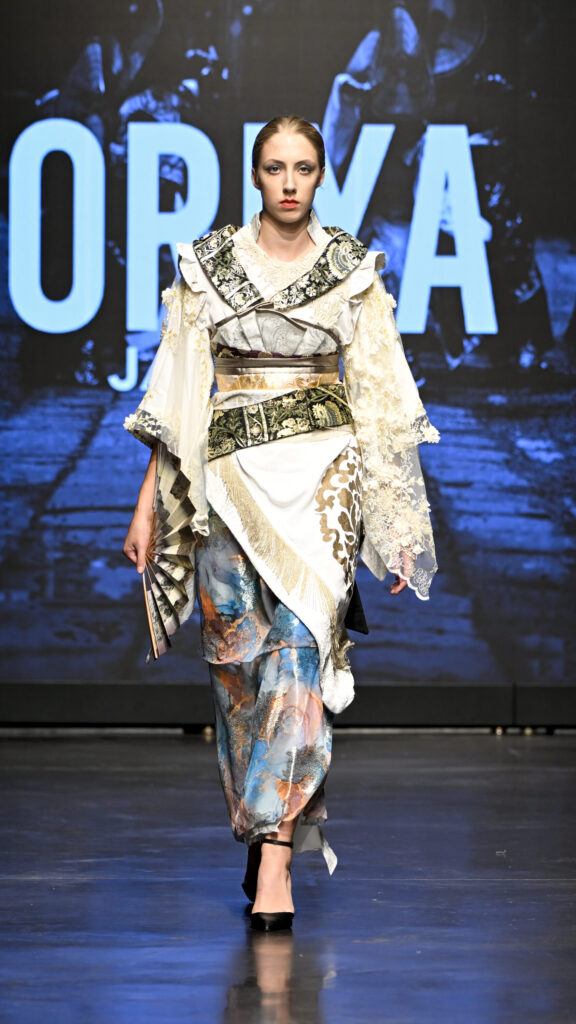
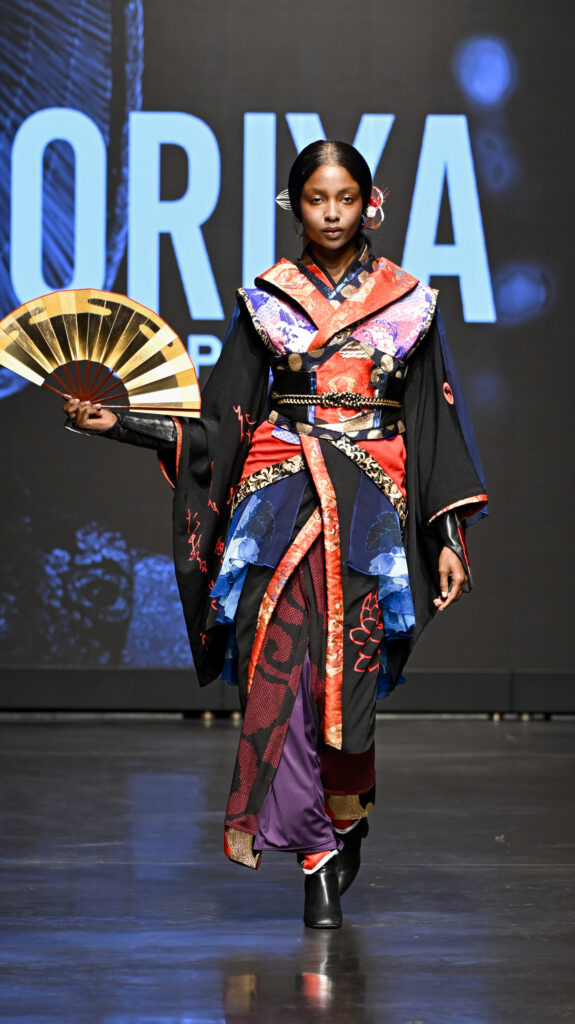
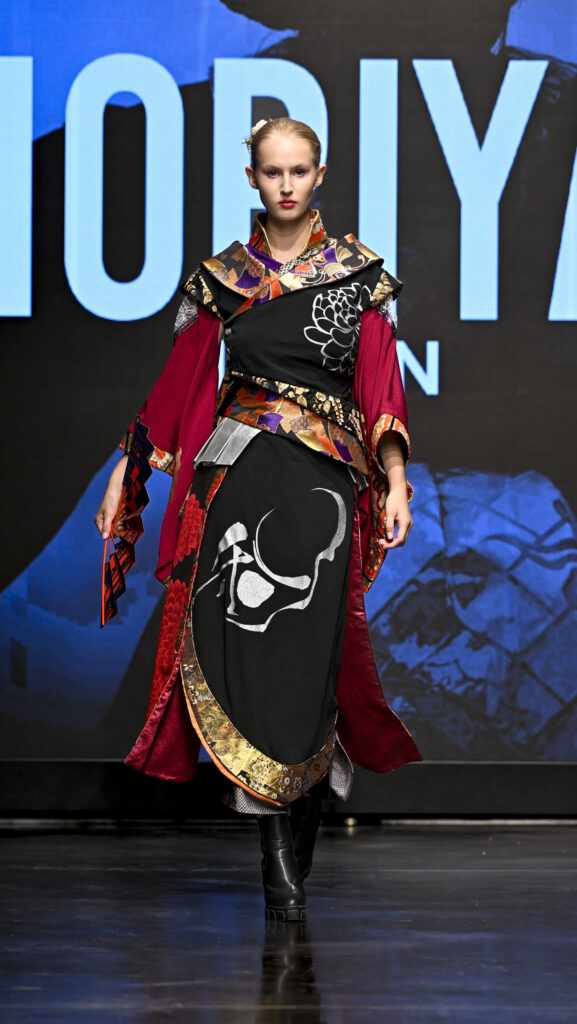
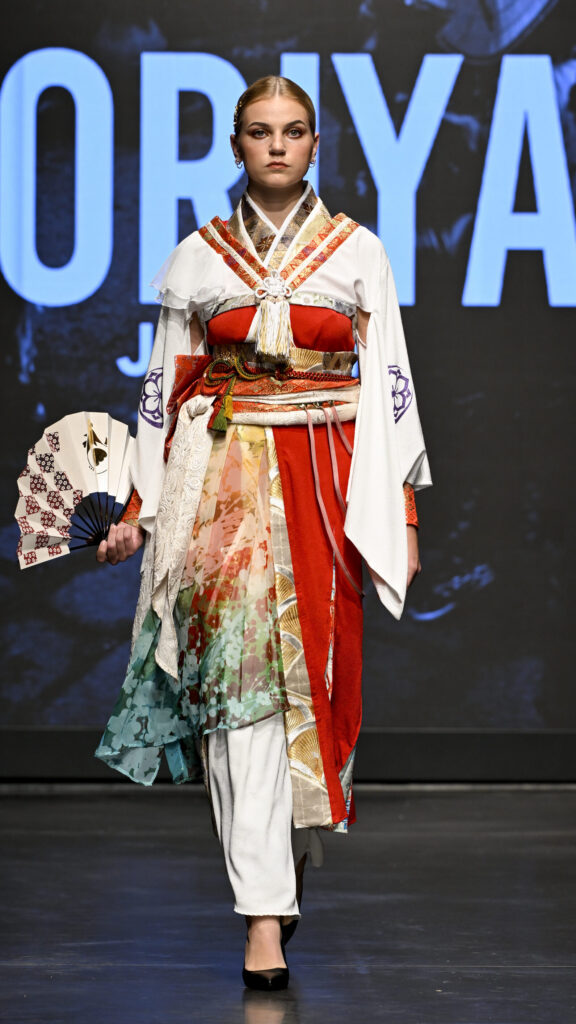
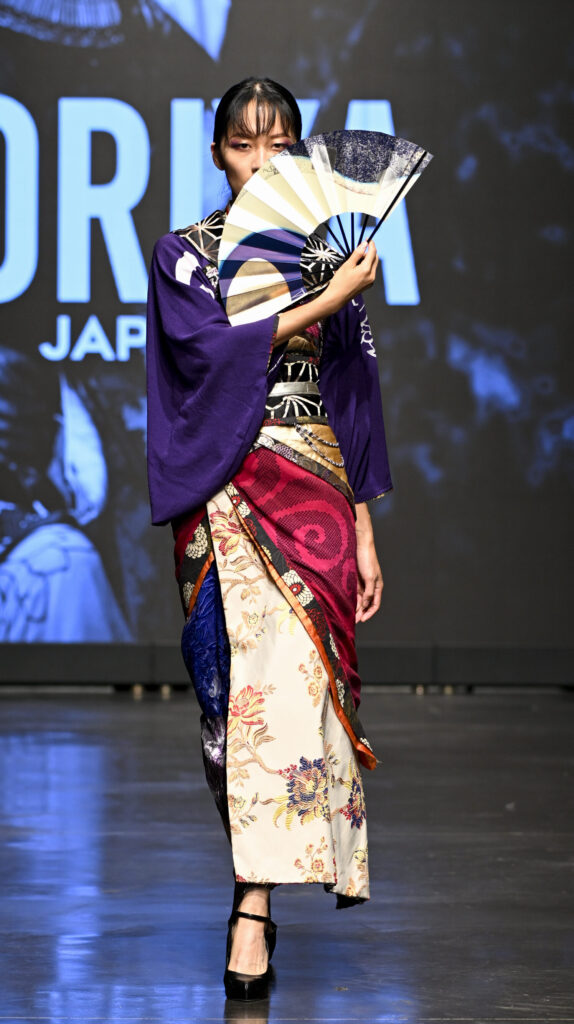
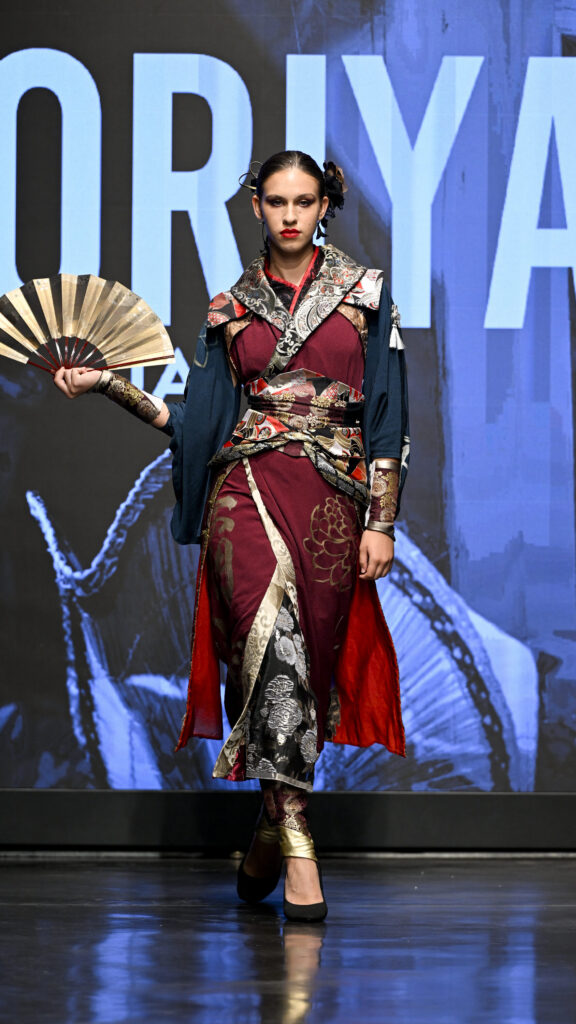
Authentic Japanese Style
A true Japanese-style design costume embodies the essence of traditional Japan. It typically features:
Kimono Influence: The costume is inspired by the elegant kimono, characterized by its flowing lines, wide sleeves, and obi (sash) around the waist.
Cultural Colors: Traditional Japanese color palettes are used, with serene shades such as deep indigo, cherry blossom pink, and earthy tones.
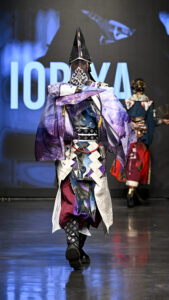
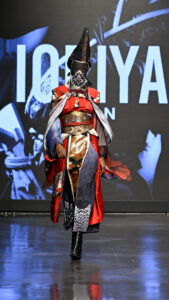
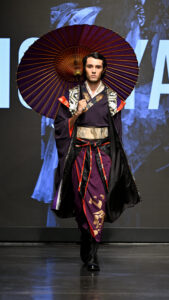
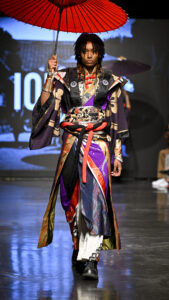

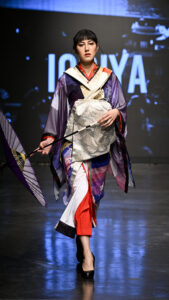
Ethnic Style
Traditional Fabrics: The costumes use textiles commonly associated with the culture, such as woven fabrics, embroidery, or materials indigenous to that region.
Color Palette: Ethnic-inspired designs often adopt a color palette that reflects the cultural significance of certain colors or regional preferences.
Traditional Silhouettes: They may emulate the traditional silhouette of the ethnic attire, which can vary widely from flowing robes to fitted garments.
